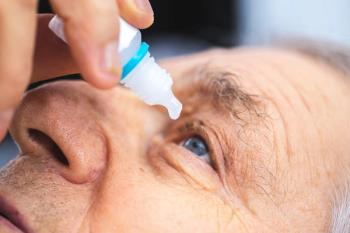
Cardiometabolic disorders and weight: A complex constellation of interrelated conditions
This constellation of conditions-cardiometabolic disorders and weight-has become one of the most pressing public health issues today, affecting approximately a quarter of the U.S. population, accounting for a substantial proportion of health-care and prescription drug spending, and threatening the vitality of an aging population.
Key Points
An estimated 47 million Americans have double the average risk of heart disease because they are affected by a complex constellation of interrelated conditions, including obesity, impaired glucose metabolism, hypertension, and lipid disorders.1 These patients also are five times more likely to develop diabetes, according to the National Heart, Lung, and Blood Institute.1
This constellation of conditions-cardiometabolic disorders and weight (CMDW)-has become one of the most pressing public health issues today, affecting approximately a quarter of the U.S. population, accounting for a substantial proportion of health-care and prescription drug spending, and threatening the vitality of an aging population.1,2
Obesity
Recent research indicates that excess visceral adipose tissue releases metabolites, cytokines, chemokines, and hormones that influence inflammation and other factors to affect atherogenesis and the vessel wall directly.6
In an effort to slow the obesity epidemic, 19 states have set stricter nutritional standards for school meals, 27 states have nutritional standards for foods sold in schools, and 20 now require body mass index screening or other weight assessment of schoolchildren.7
Impaired glucose metabolism
In the United States, 17.9 million patients have diagnosed diabetes; an estimated 5.7 million cases remain undiagnosed, and an additional 57 million people have prediabetes, according to the American Diabetes Association.8 The incidence of diabetes among those aged 60 years or more is 23.1%. An estimated 16.5% of the adult American Indian and Alaska native population are affected by diabetes.8 After adjusting for age differences, the prevalence of diabetes is 11.8% among non-Hispanic blacks, 10.4% among Hispanic Americans, 7.5% in Asian Americans, and 6.6% among non-Hispanic whites.8
Overall, approximately 210,000 Americans aged more than 20 years have diabetes, an incidence of 0.26%, but the data do not differentiate between diabetes types.8 Type 2 diabetes, however, is being diagnosed more frequently in children, especially among Native Americans and African and Hispanic Americans. In addition, one in six overweight adolescents-approximately 2 million-have prediabetes.8
Newsletter
Want more insights like this? Subscribe to Optometry Times and get clinical pearls and practice tips delivered straight to your inbox.









































